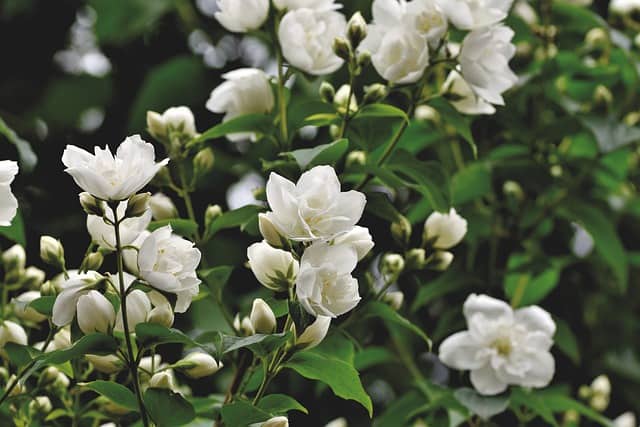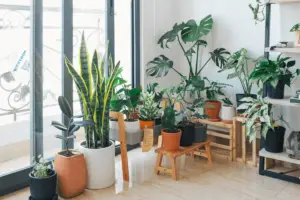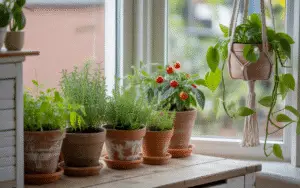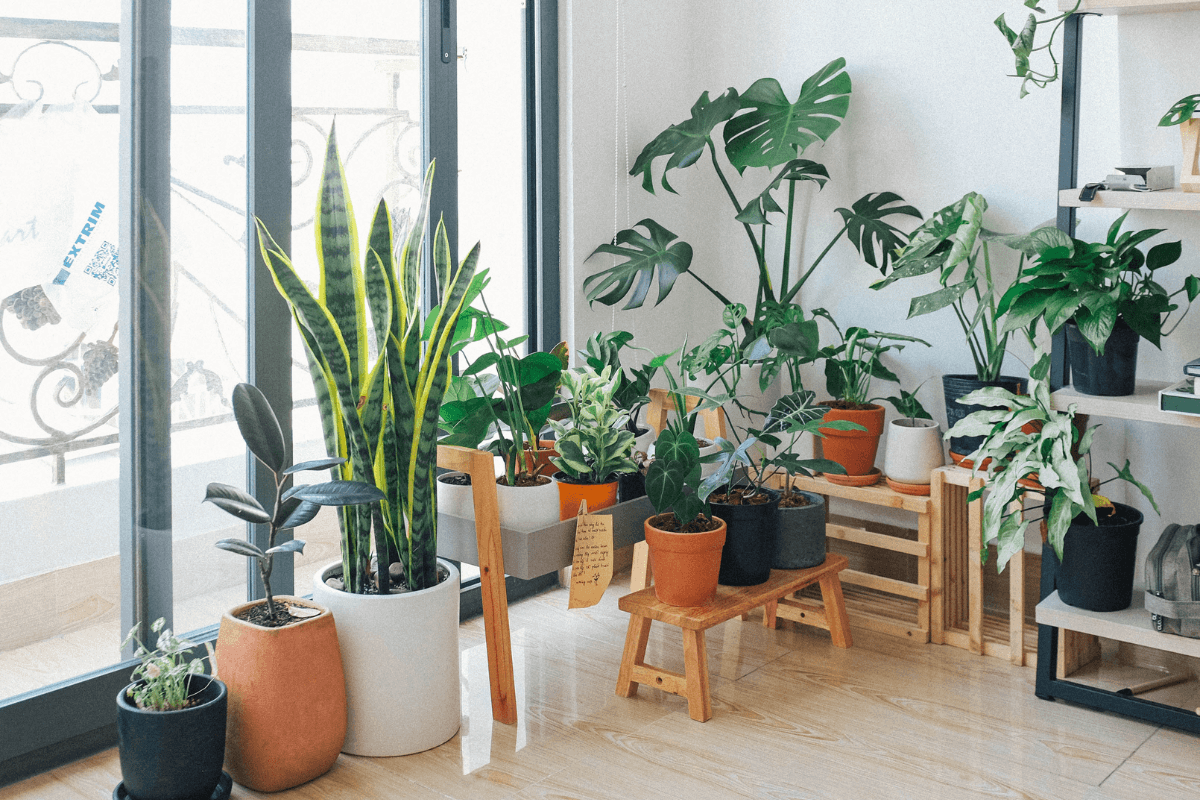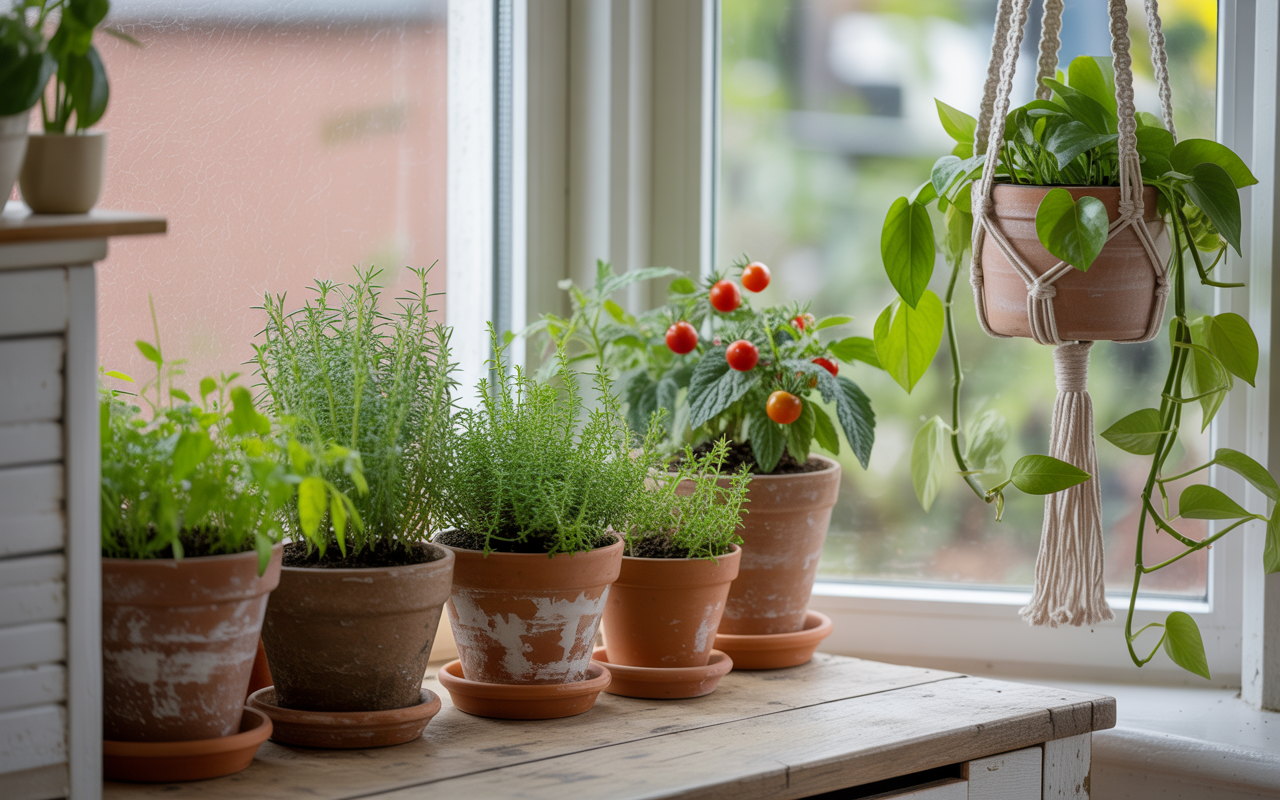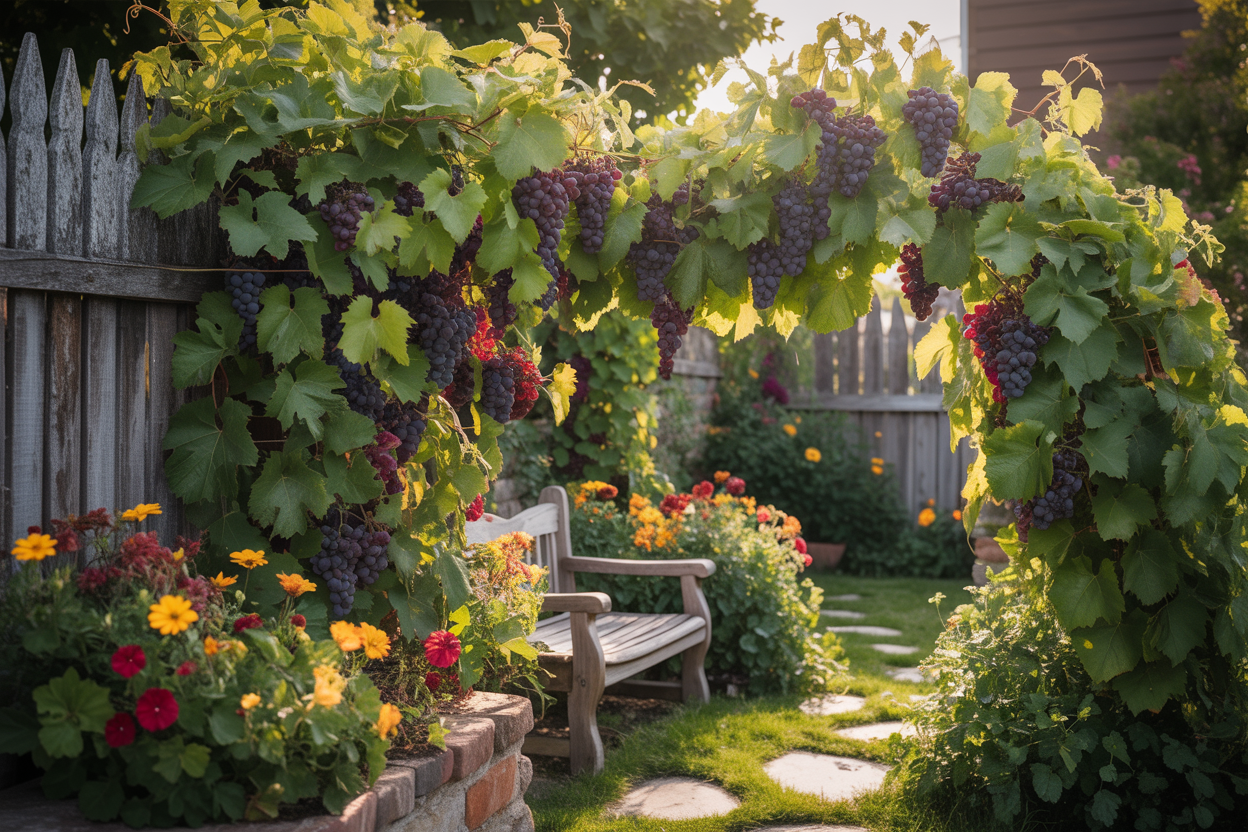Many people think that jasmines and gardenias are the same. Especially in characteristics. However, there are a lot of differences between the two that are not necessarily vivid. They are both beautiful flowers to have in our yards. However, you should be able to tell the basic difference. What is the difference between jasmine and gardenia?
There is a huge difference between jasmine and gardenia. From the way they smell to how they flower; you can tell them apart. Where jasmine is known for its climbing and vining habits, gardenia is more subdued. Gardenia is more shrubby and rigid. However, they both share a vivid heady sweet scent.
Despite the distinct difference, both flowers are lovable and magnificent to have in your yard. Both their extracts are mostly used in flowery-smelling perfumes. They are also both allergy-inducing and they should not be kept close to intolerant people to avoid unnecessary emergencies.
Even though it is difficult to tell them apart at a glance, there is an in-depth difference between the two. However, if you are conversant with flowers, it shouldn’t be rocket science to tell them apart. Keep reading to find out more about these beautiful flowers in your yard and their distinct differences.
What Is the Difference Between Jasmine and Gardenia?
The more you are around these two flowers, the easier you can tell them apart. It is important to know the basic differences especially if you are planning to have both or either of them in your yard. Good knowledge will help you to enhance their beauty and how to position them in your garden.
1. Flowering Season
The blooming and flowering of these two flowers are mutually exclusive. For jasmine, it is a long season that can last up to November. More than three flowers will sprout out of its branch and they do not scatter. This is unlike the gardenias.
Gardenias have a quick blooming season which passes quickly as the year goes by. Each brand only has a single flower, unlike jasmine. Its sharp bracts tend to divert in five in a flat pinwheel style. Whereas they are double-petalled, jasmine’s flowers are tubular.
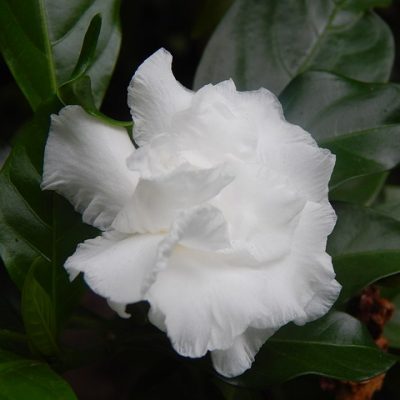
2. Different Stems and Branches
You are likely to notice a big difference in the stems and branches of these two flowers. To begin with, the color is distinctly different. The gardenias mostly have lighter to grey stems, where jasmines are darker.
The difference even goes; further, jasmines’ branches tend to climb and wind themselves around other plants or objects. Gardenia is shrubby with extremely tough and rigid branches. The shrubs in gardenias can be toxic. The milky sap makes it not a good idea to have them in the yard, especially where the children can access them.
3. The Sweet Scent
It is undeniable that both these two plants share a sweet scent which otherwise is different from each other. For jasmine, the scent is heavily present, but it all varies from the different jasmine. Gardenias, on the other hand, are calm and tropical. Sometimes, it is easy to perceive ripe bananas from the gardenias, which are their natural scent.
4. Different Leaves
There is a clear difference between jasmine and gardenia leaves. They are mostly between 3-8cms long. The leaves in jasmine are shorter with a deep dark green color. For gardenia, the leaves are on the longer side. They often sprout up to 12 cm in length. The texture is tough and mature, and the color is brighter.
5. The Fruits
Flowers have fruits too, and that includes both jasmine and gardenias. There is a big difference in the fruits of the two flowers. If you have noticed, jasmines are on the fragile and smaller sides. This goes for their fruits too. They are spherical in shape and relatively small. Its purple color is eye-catchy, and though they are not edible, they look succulent.
As for gardenias, their fruits are oval and egg-shaped. They are big in size, and they range between 1-7cm in length. The color of gardenia fruits is mostly yellow and orange-red. It all depends on the health of the plant.
What Smells Better; Jasmine or Gardenia?
The goodness of a scent all depends on who is smelling it. Both jasmine and gardenia have pleasant scents. For gardenia, the scent is loud and more distinct. It stands out, and we can say it is more lady-like and can easily be perceived. Jasmine, on the other hand, has sweet undertone scents. The earthy scent is beautiful. Unlike gardenia, it doesn’t drown other scents around.
How to Take Care of Jasmine?
Most jasmines mostly benefit outside of the house. They love the sun because it makes them robust and blooms. Always place your jasmine flowers in a position where they can get sufficient sunlight. Perhaps close to the windows, open roofs, and sunroom.
Since jasmines are twining plants, create strong support for them for the vines to climb. Pinch and prune the tips, especially after flowering. This will stimulate lateral growth and restrain unnecessary growth.
You can trim and propagate additional plants on the stem. Especially if you want more plants, ensure at all times that the soil is moist and well-drained. Prune out old shoots and ensure that the plant is nicely shaped.
How to Take Care of Gardenia?
Depending on where the plant is grown, taking care of gardenia is not different from jasmine. All you need is to follow directions for your plant to thrive either inside or outside the house.
Always ensure that the soil is moist but well-drained. Too much water can make the roots of the plant rot away. Avoid making them soggy, and don’t let the soil dry out either.
Gardenias thrive well under the full glare of the sun. Position them facing the sun but with some light shade for the midday heat. They perform well under the morning sun; therefore, you should shed them in the afternoons.
Keep the soil with a PH of 5.0-6.0. This acidity is what will give your gardenias a healthy bloom and natural flowering. For optimum growth, do not plant them close to concrete.
Pamper your gardenias with daily misting. Their leaves will love that. Give them the ideal temperature, and you will simply love the bloom and the shrubs in your yard.

